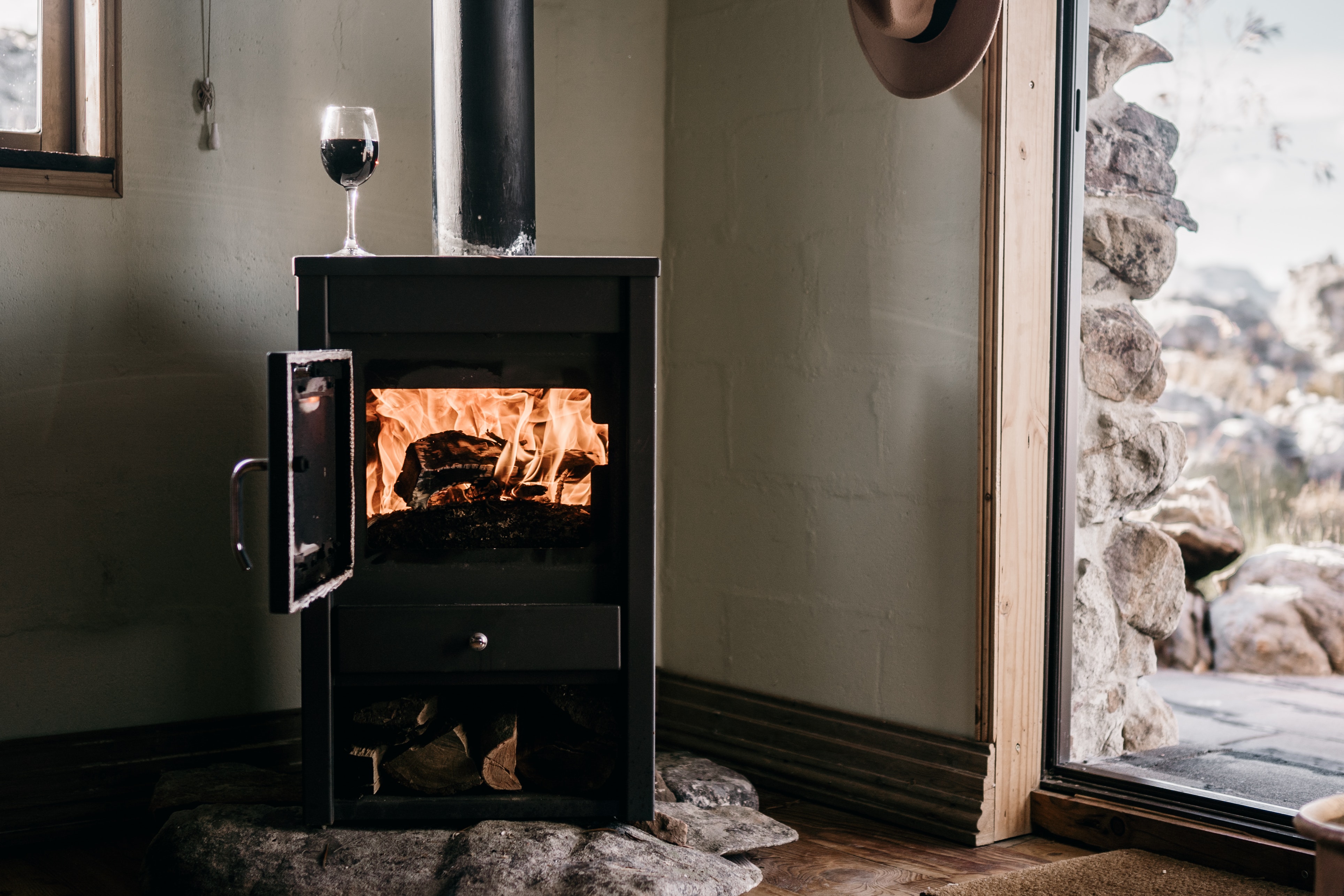
Log Burner Safety: Preventing Accidents With Expert Tips

10% off on our Bioethanol Fireplaces. Subscribe Today!
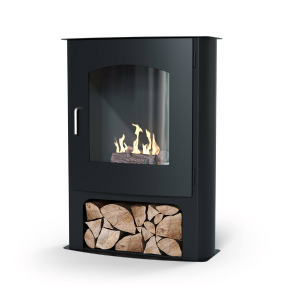
Log burner safety: preventing accidents with expert tips
If you want to create a cosy atmosphere in your home and boost your mood, there's nothing like a log burning stove.
Imagine it now… the soft glow, the crackling sounds, the dancing flames… so inviting!
It's estimated that there are over 1.5 million wood burning stoves in the UK, with people using them to keep their homes warm as gas and electricity bills rise.
However, it's important to use a log burner correctly to prevent accidents. Here are some of the questions customers often ask us about log burner safety, as well as some dos and don'ts to consider.
Are there safety rules for wood burning stoves?

Yes. There are log burner rules that you need to abide by.
Log burners in 'smoke control areas' can only emit 3g of smoke an hour; this was reduced from 5g in February this year. Local councils can fine up to £300 if homes fail to comply.
You can check if you are in a smoke control area on the DEFRA website.
Businesses can only sell wood fuel that complies with the 'Ready to Burn' standard and contains less than 20% moisture. You can receive a fine if you are caught burning wet wood or coal in your home.
Do you need a safety certificate for a log burner?
Yes. HETAS (Heating Equipment Testing and Approval Scheme) is responsible for log burner safety and approves biomass and solid fuel heating appliances in England and Wales.
When a HETAS-registered specialist instals your log burner, they issue you a certificate of compliance, which they then send to your local council.
If you fit the log burner yourself or use an installer not registered with HETAS, you must inform your local council before doing the work. You'll also need to invite your council to inspect the work afterwards, at your own expense.
Your home insurance provider may ask to see your safety certificate. You may also need to show your safety certificate if you sell your house.
Are log burning stoves safe to leave on overnight?
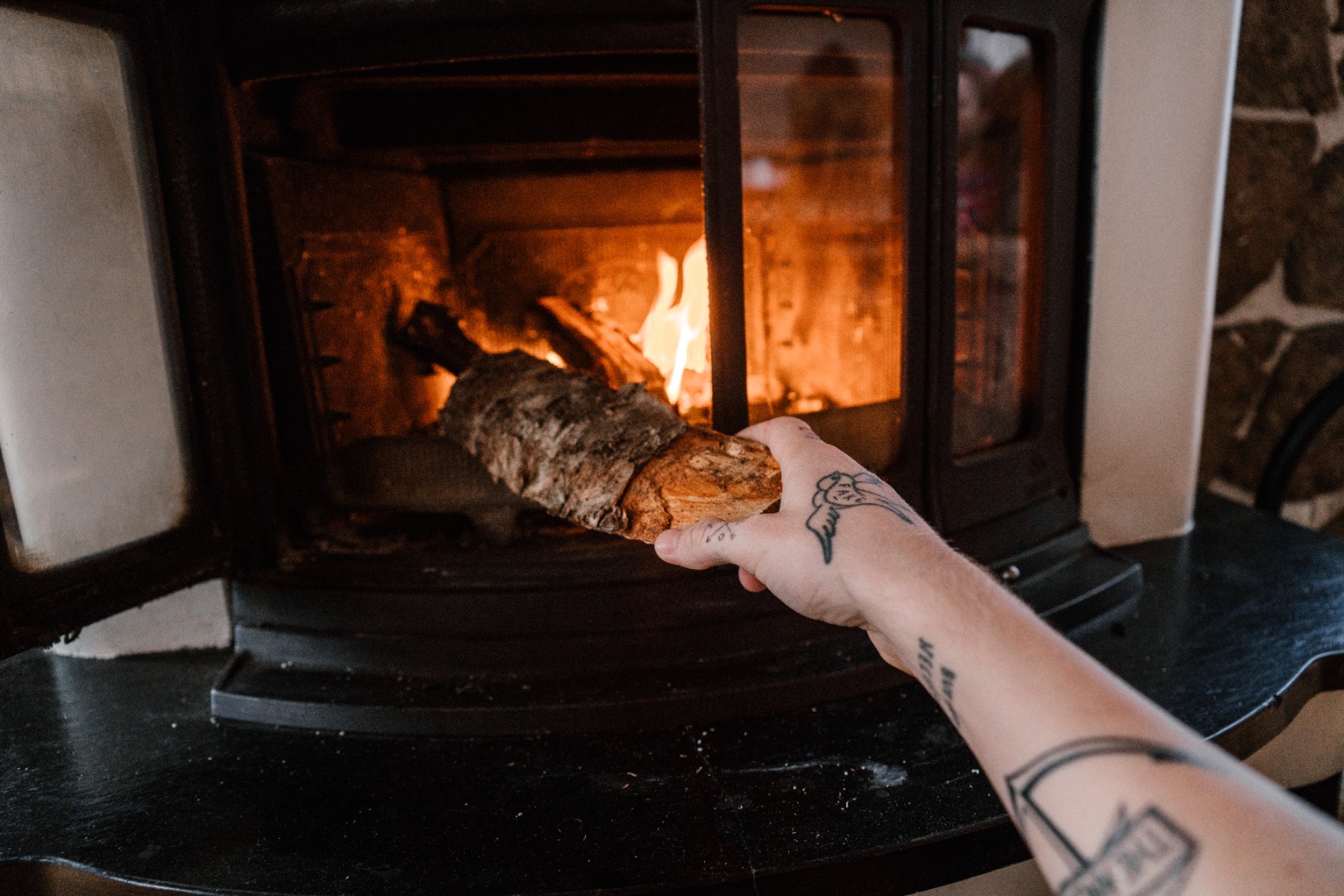
Many websites advise that wood burning stoves are safe to leave on while you sleep.
However, the safest option is to completely extinguish your fire before you go to bed. An unattended log stove is more likely to generate smoke and go out of control.
Always leave enough time for the embers to die down rather than putting your log fire out manually. Throwing water on the fire generates hot steam that can splash back on you.
Log burner safety tips: the dos and don'ts
It's important to remember with a log burner that you have a live fire in your home. It's vital to keep it contained and not allow it to spread.
With this in mind, here are some wood burning stove safety tips to give you peace of mind.
Do: install a carbon monoxide detector
Carbon monoxide (CO) is an odourless, colourless gas produced when fuels are burned without enough oxygen. Blocked vents, burning wet wood, and an overly small flue can all contribute to increased levels of CO in the home.
CO is dangerous as it binds to red blood cells in the body, preventing them from carrying oxygen. It can cause headaches, nausea, dizziness, and can even be fatal.
If you have a log burner, it's vital to install a carbon monoxide detector on the wall or ceiling, between 2-3 metres away from your log burner. It will sound if CO levels build up, giving you an opportunity to ventilate the room and seek assistance.
Do: consider a bioethanol fireplace
If you don't want the fuss of a log burner, a biofire is a fantastic alternative. A woodburner style bioethanol fireplace looks like a log burner, providing the same cosy ambience but using bioethanol fuel instead. As bioethanol doesn't require fire to burn and doesn't produce sparks or embers, it's much safer.
A bioethanol fire is easy to install, easy to set up, and can be considerably cheaper too! If you're looking for the safest log burner on the market, it's a clear-cut choice.
Do: use the right tools
Never touch an active log burner or log fire with your bare hands. Invest in a set of log burner tools, including a poker, shovel, and an ash bucket with a tight-fitting lid.
A pair of high-quality stove or heat-resistant gloves is also a must.
Do: clean your chimney/flue
Soot can build up in your wood burning stove's chimney or flue over time. This can lead to a dangerous chimney fire or cause blockages that can lead to carbon monoxide buildup.
Get a professional to clean your chimney or flue at least once a year. Also regularly check your chimney or flue for obstructions.
Don't: burn rubbish
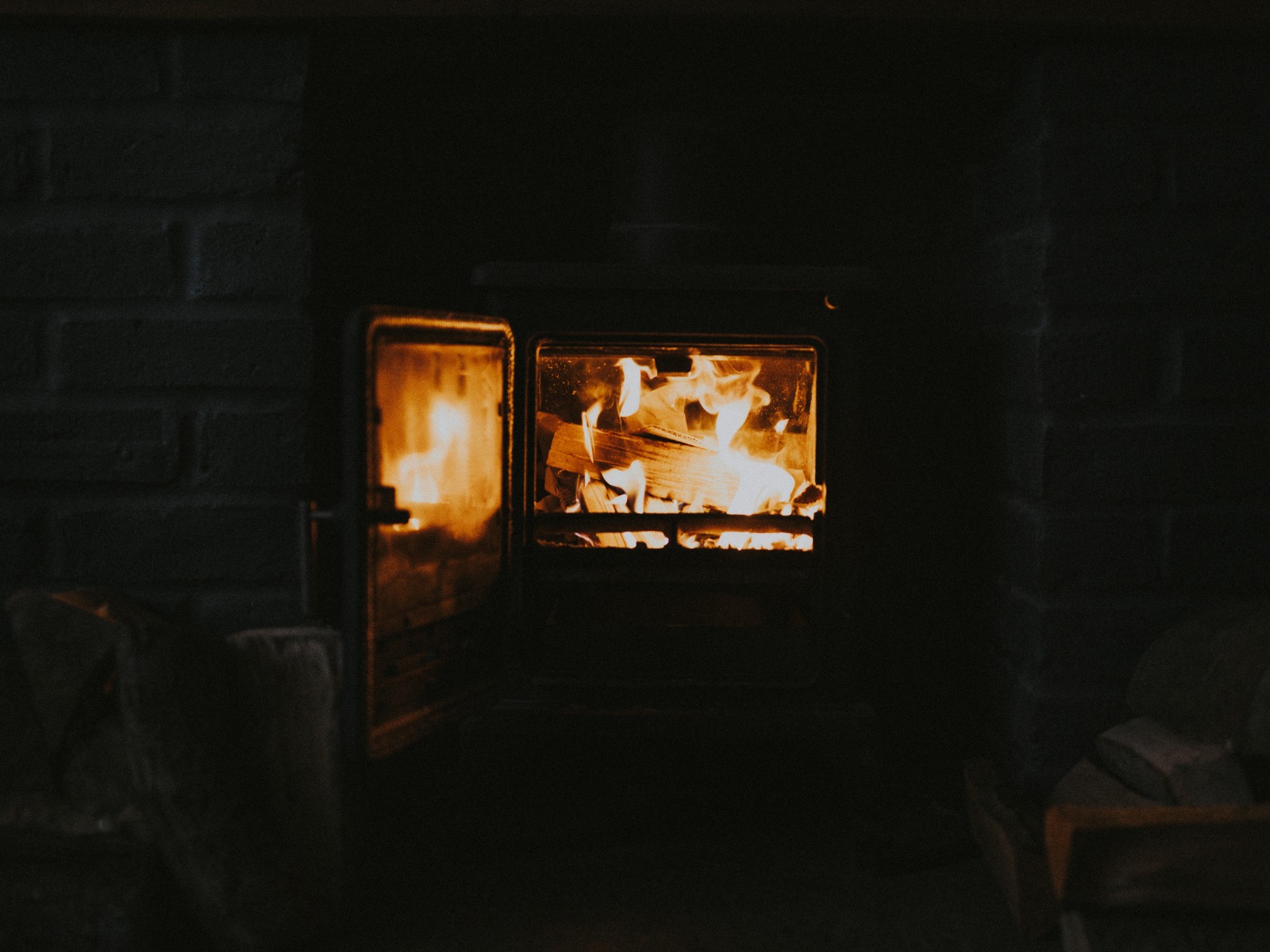
The only fuel you should burn in a log burner are 'Ready to Burn' kiln-dried or seasoned logs. These logs don't give off smoke and release fewer fumes.
While it might seem like a good idea to burn paper, cardboard, and other types of wood, this can be dangerous. These materials are often treated with chemicals and resins, which can release toxic fumes, damage your log burner, and increase the chance of a fire spreading.
Don't: have flammable items nearby
If you ever saw the 'Fire Kills' adverts where a fire sweeps through a living room in a matter of seconds, you'll know the importance of keeping flammable items away from fire.
Make sure curtains, furniture, and other soft furnishings are kept a safe distance away from your log burner. All it takes is one ember to start an inferno in your home.
Also ensure you have working smoke alarms, and test them weekly.
Don't: use accelerants
If you want a roaring log fire in a hurry, you may consider using an accelerant like gasoline, lighter fluid or kerosine to speed the process up. The bad news is that this can cause your fire to quickly go out of control.
Take it slow while building your log burner fire – it will be worth the wait.
Don't: overload your log burner
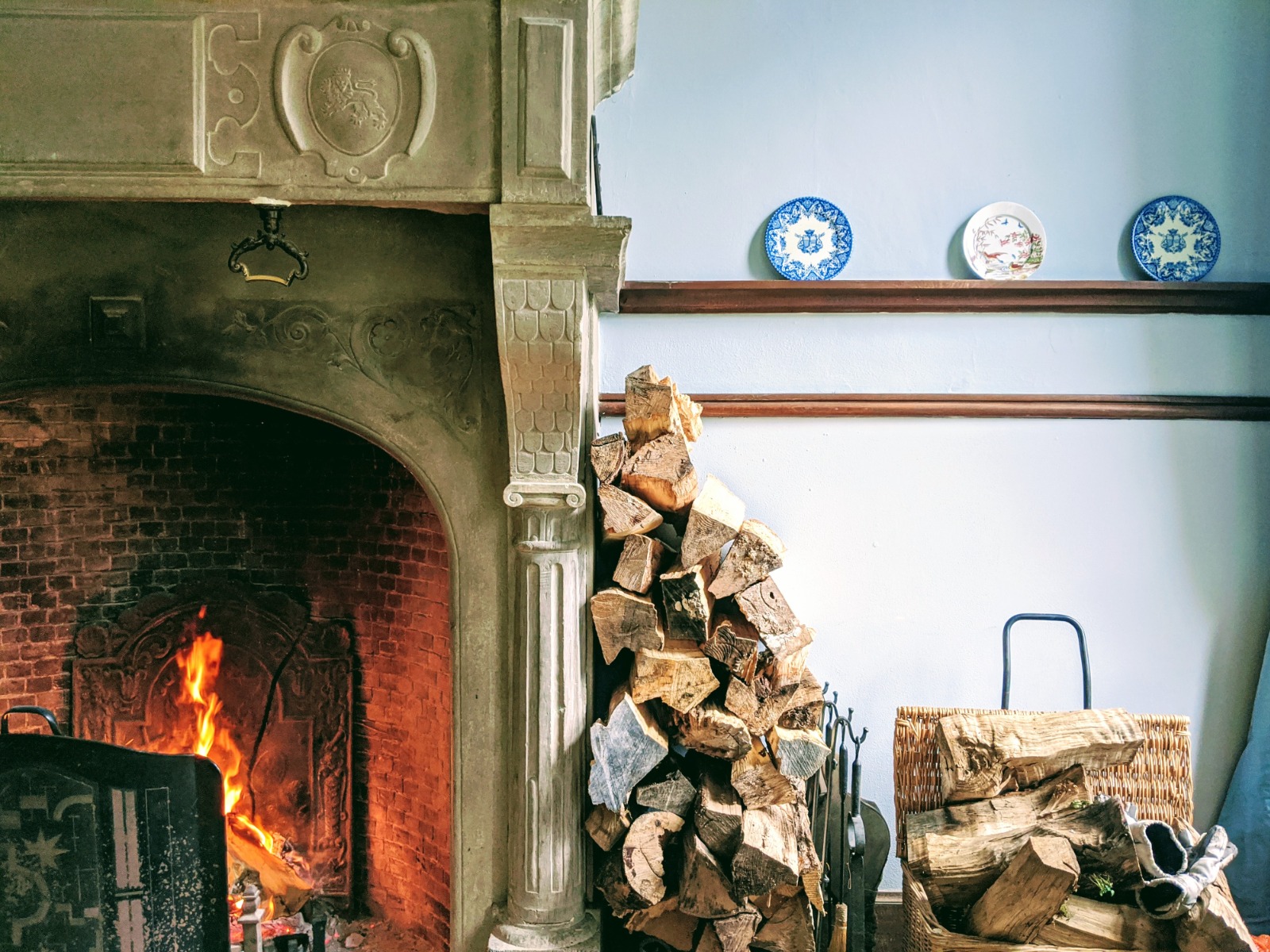
Here's our final 'don't' for log burner safety. When the nights are cold, and you don't want to constantly keep going over to your log burner to refill it, it can be tempting to overload it with fuel. However, this can be extremely dangerous.
Overloading your log burner can lead to wear and tear, making it less safe over time. Not only this, but it will mean it works less efficiently, meaning you spend more on fuel.
Always follow the manufacturer's guidelines to see how much fuel you can safely put in your log burner.
Prioritise the safety of your log burner
In conclusion, while log burners add a delightful and warm touch to our homes, ensuring their safe usage is of paramount importance. By adhering to safety regulations, obtaining proper certification and installing carbon monoxide detectors, we can significantly reduce the risk of accidents.
Additionally, considering safer alternatives like bioethanol fireplaces and using the right tools further enhances the safety measures.
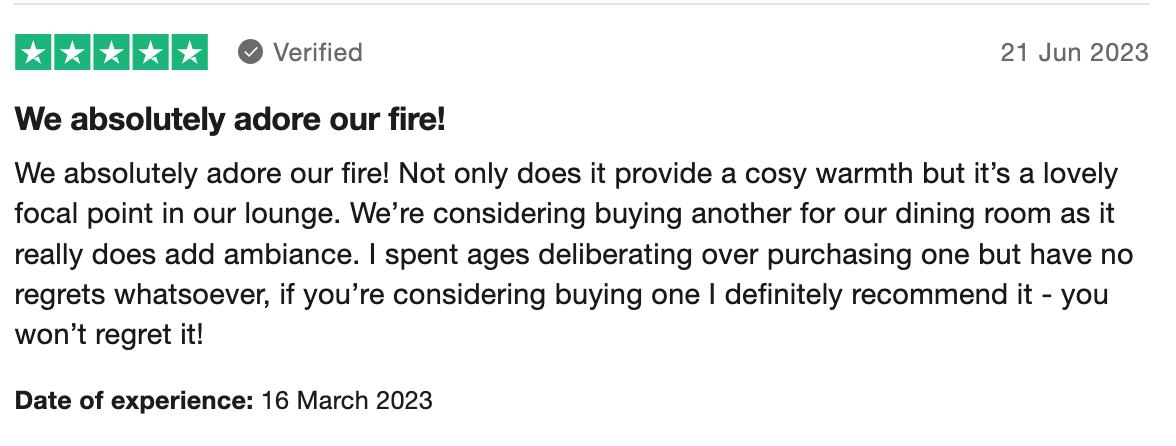
By being cautious about what we burn, keeping flammable items at a safe distance, and refraining from using accelerants, we can enjoy the cosy charm of our log burners without compromising on safety.
Remember, a well-maintained and properly used log burner can provide comfort and enjoyment for years to come.


Leave A Reply
Your email address will not be published.